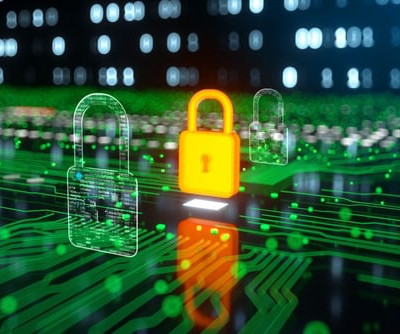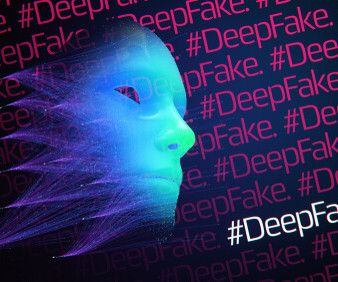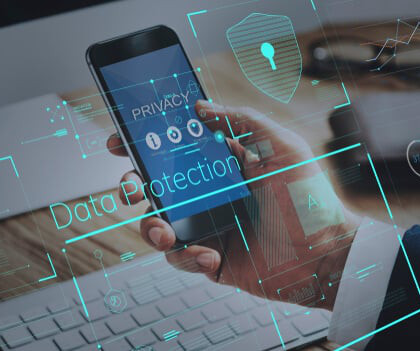Start your zero-trust journey with ZTNA over VPN
CIO Business Intelligence
JANUARY 19, 2024
By 2025, Gartner analysts predict that 60% of organizations 1 will be adopting zero-trust principles. Consequently, the first zero-trust solution many IT teams deploy on their zero-trust journey is zero-trust network access (ZTNA). However, VPN alone has limitations, such as authenticating and monitoring users, devices, and access.






















Let's personalize your content